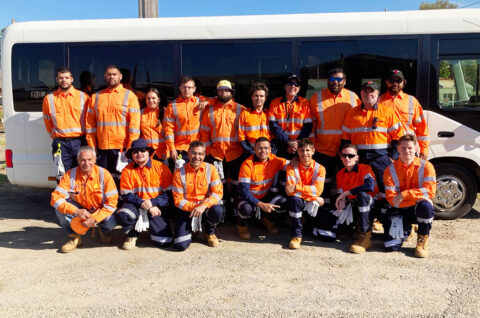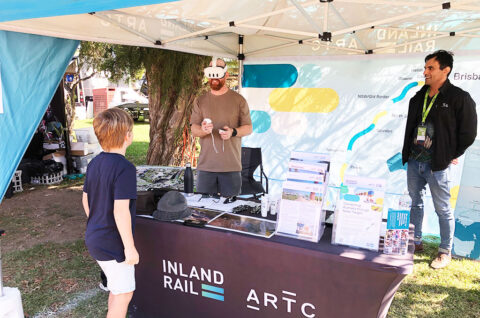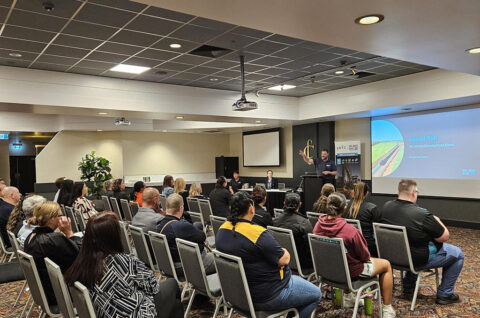Inland Rail 101: rail gauges
Rail terminology, or train speak, can be tricky to decipher. To give you the inside track (pun intended), we’ll be sharing a series of diagrams and visualisations which explain some of the terms, designs, and construction methodologies we use at Inland Rail. First up, rail gauges.
May 31, 2021
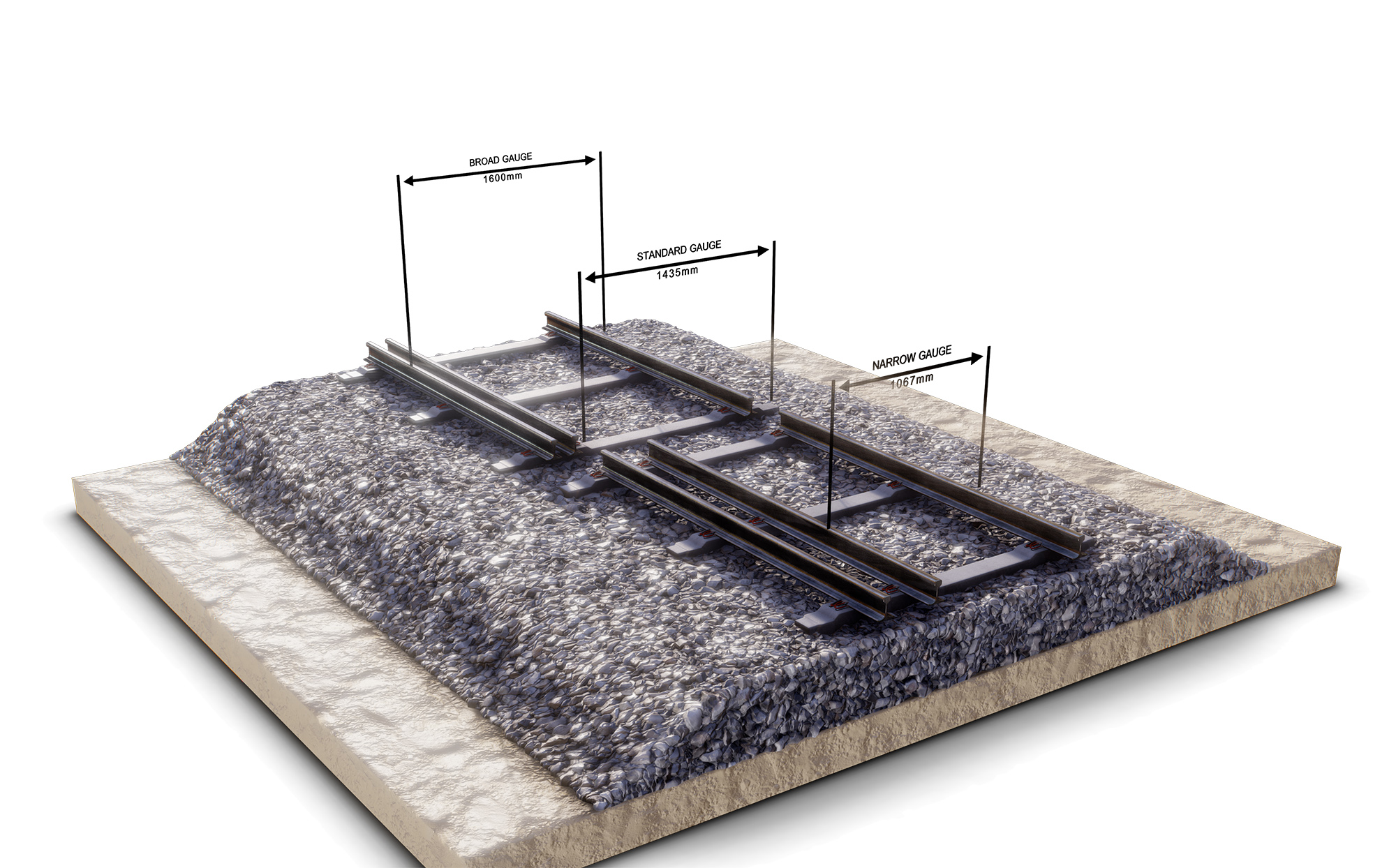
Inland Rail complements existing freight transport infrastructure by providing a consistent track standard which enables freight operators to use the same rolling-stock (locomotives, carriages, wagons or other vehicles used on a railway) anywhere on the national rail freight network.
The selected Inland Rail route uses 60% existing corridor and connects to existing regional rail lines. This connection with existing rail networks is fundamental to supporting Inland Rail’s delivery of regional economic benefits.
In Queensland, Inland Rail will provide a dual-gauge connection for seamless connectivity with the regional narrow-gauge network.
A dual-gauge railway track allows for the passage of trains on two different track gauges. It consists of three rails – two vital rails and a third rail further away. How exactly does that work? Check out our diagram which shows the interactions between the various rail gauges.
If you’ve got a question you’d like answered, please get in touch with us by calling 1800 732 761 or emailing inlandrailenquiries@artc.com.au.
